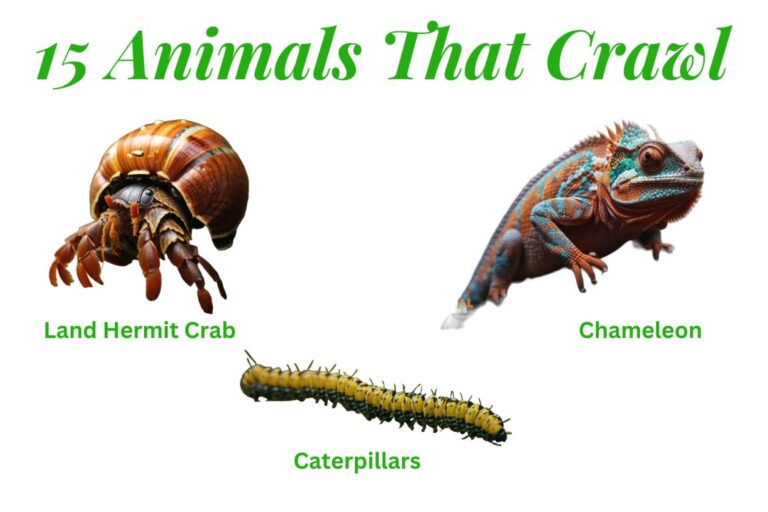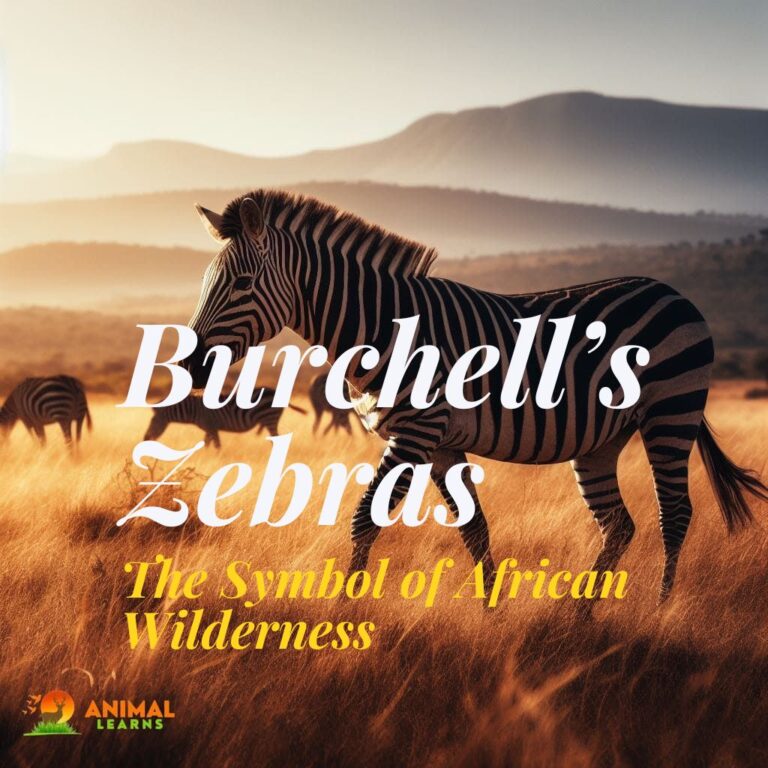Beautiful Muscovy Ducks Colors & Patterns – Animallearns

The range of Muscovy ducks colors is astounding. Conversely, muskox ducks are not well-known for their eye-catching color schemes. On the other hand, depending on the breed, farmed Muscovy ducks exhibit a stunning range of color variations, from black to lilac to chocolate.
Different Muscovy Ducks Colors Varieties
Contents
Native to the woodlands of Central and South America are the Muscovy ducks. In order to better fit in with the dark undergrowth of the forest, the majority of wild Muscovies have dark feathers, either blue or black.
White wing patches and glossy, iridescent green feathers are frequently seen near the tips of the wing and tail feathers.
It’s possible that this pattern of mixed-color feathers aids wild Muscovies in evading predators, particularly when sunlight penetrates any gaps in the forest canopy.
On the other hand, domesticated Muscovy ducks have a wider range of color patterns. Small variations in the basic coloring that have been deliberately chosen and developed are frequently to blame for this.
Let us examine a few of the hues exhibited by domesticated Muscovy ducks:
White Muscovy Duck
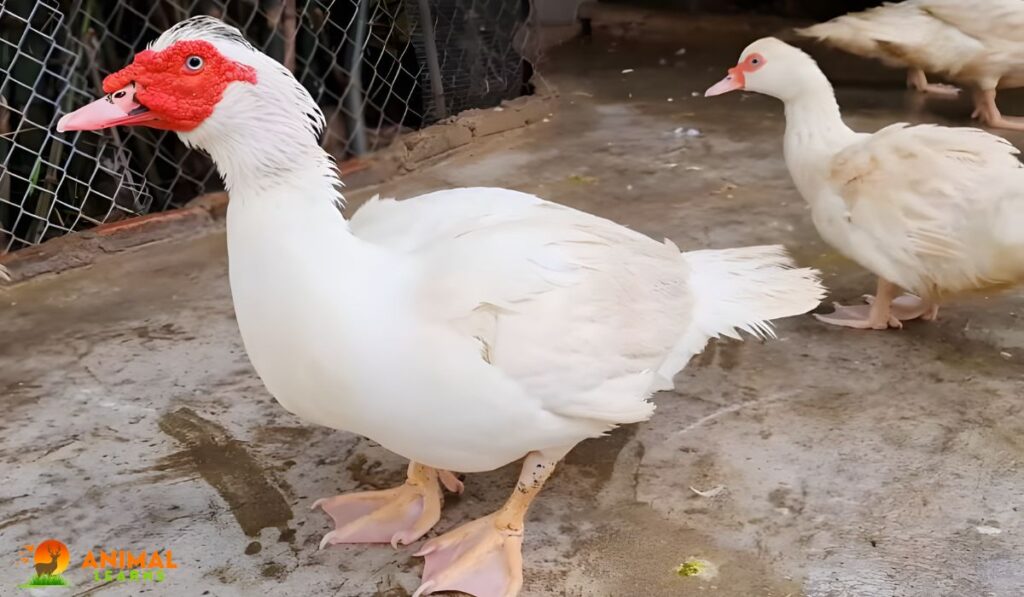
The White Muscovy Duck is the only domestic duck that is not derived from the mallard. It was first found in Brazil and then domesticated in Europe. The preferred habitats for Muscovy ducks are marshy areas with trees surrounding them, especially riverbeds, coastal wetlands, ponds, and swamps.
Since White Muscovy Ducks are the only breed of Muscovy ducks that perch on trees and have claws for that purpose, trees enhance their quality of life.
Black Muscovy Duck
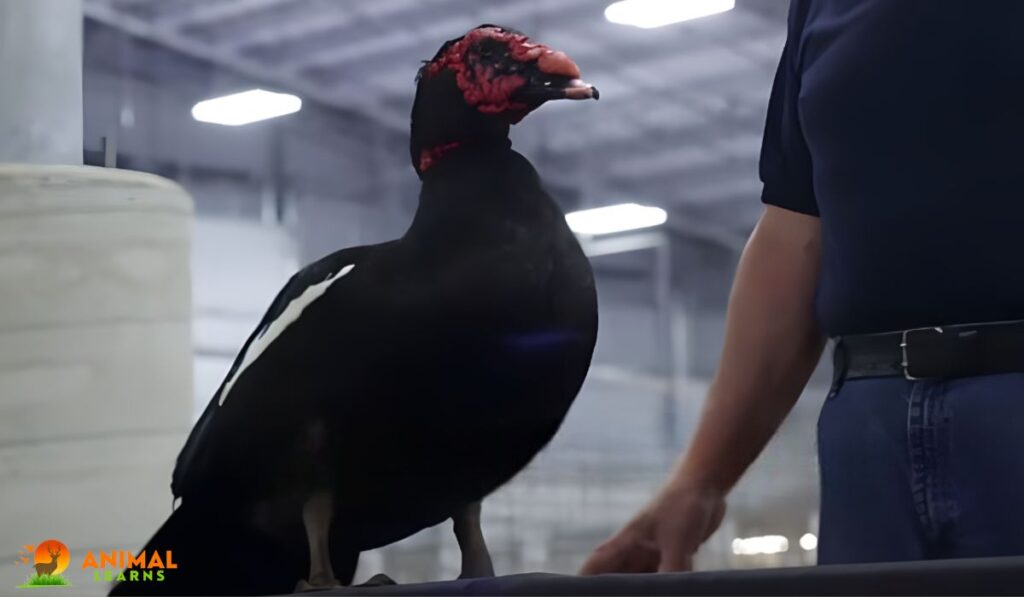
The ‘Common Color’ for Muscovy is black. Ducklings’ heads, body, bills, and feet will all be dark. Perhaps one of the most popular color variants, this duck is a direct ancestor of the wild Muscovy duck. No observable mutations exist.
The popular domestic duck breed, like the wild Muscovy, has glossy green feathers and white wing patches when the sun catches it just so. From a genetic perspective, the genes responsible for the black color variation are classified as dominant.
Blue Muscovy Duck
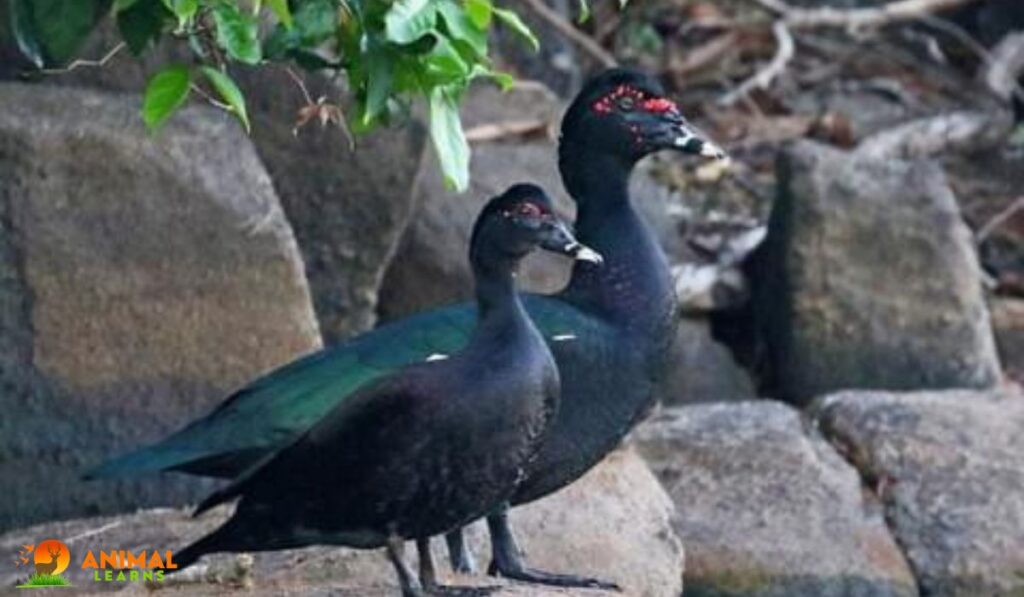
Black is diluted to create blue. It might seem bright or gloomy. Ducklings have lighter-colored bodies with dark heads like those of black people. When they hatch, they resemble blacks in color extremely closely. Their feet, a dark bean, and their beak will all be darkly pigmented.
The common (or black) Muscovy duck and the blue variation bear striking similarities. Blues are often a shade or two lighter or darker than regular Muscovies, however, they may appear to be the same color. Common (or black) and silver muscovies are the parents of blue muscovies.
Chocolate Muscovy Duck
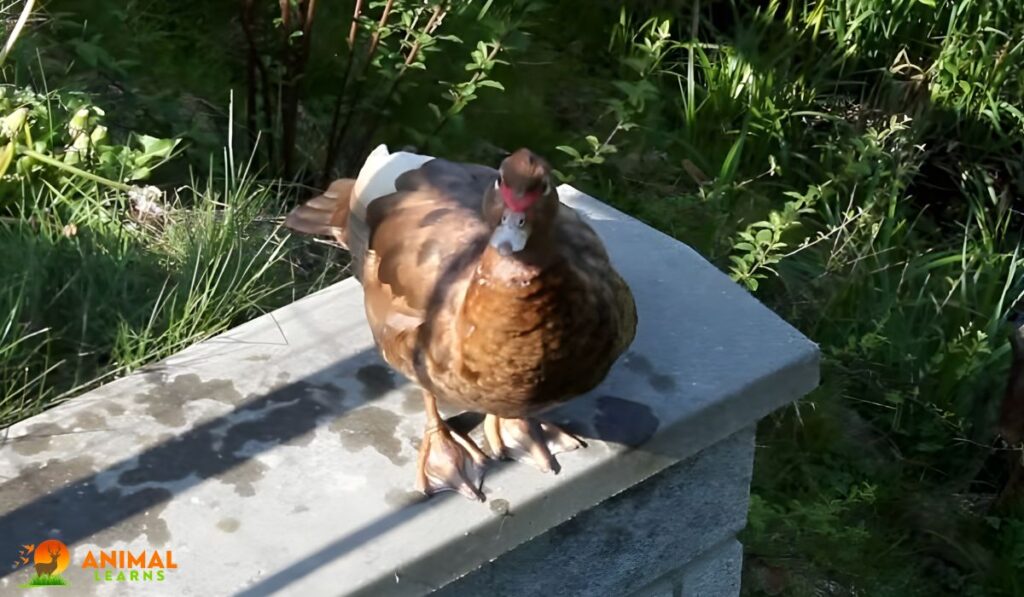
When chocolate is frequently exposed to the sun, it can turn substantially lighter from its brown appearance. Ducklings hatch with brown bodies and heads the color of rust. Chocolates will have brown feet, a brown bean, and brown pigment on their beak. Chocolate is a recessive color gene that is sex-linked in males.
This implies that all chocolate ducklings will be female when a chocolate drake, or one containing the chocolate gene, mates with a non-chocolate female. This criterion also holds true for all other hues that are based on chocolate, including chocolate, lilac, buff, and cream bronzes.
Silver Muscovy Duck

Silvers have a textured metallic gray color. When silvers are juveniles, their chests will have a rusty red coloring that may eventually fade and sometimes resurface after they molt. Although lavenders and silvers are sometimes mistaken for one another, pure lavender will always seem lighter than silver until it is combined with a blue or silver bird. Because they spend so much time in the sun, silvers frequently have tannish tones.
Like blues, they may also exhibit lacing and darker bleed-through feathers. Ducklings’ heads are gray as they hatch, however they occasionally may have golden tones. Their heads weigh a little less than their bodies do. Silvers have black pigment on their beak, a black/gray bean, gray feet, and a metallic gray head and body as adults.
Bronze Muscovy Duck
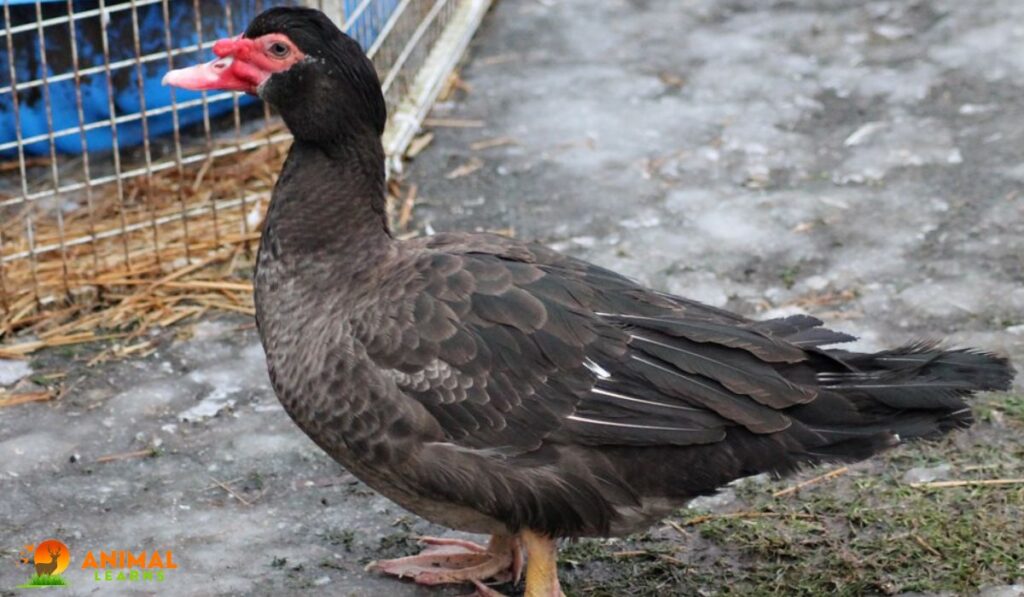
The Bronze Muscovy Duck showcases a stunning array of Muscovy ducks colors, with its rich, metallic sheen reflecting hues of copper and bronze.
Additionally, bronze is autosomal recessive, which means that in order to generate additional bronze or bronze-based kids, both parents must be bronze, or have the bronze gene. Although bronze has a lot of color diversity, it is comparable to chocolate. When bronze ages, they develop lacing, which is a ring of paler hues around the petal margins. A
lthough milder variations are also possible with chocolates, the amount of sunshine exposure causes the feather to lighten throughout. Ducklings have very no body color after they hatch, and their heads are reddish brown in hue.
As they become older, the pale bluish-purple tint of their bills will lighten. Their feet and beans are similarly affected. When they are adults, bronze has fleshy pink feet, a white bean, and bright pink bills.
Cream Muscovy Duck

The cream is lavender combined with chocolate, and as cream contains lavender, the recessive gene is applicable here as well, with both parents having the lavender gene expressed or carried. The sex-link gene is also relevant in the case of cream.
All cream and all other chocolate-based progeny of a cream drake bred to a non-cream or other non-chocolate colored hen will be female. The “sex-linked” gene for chocolate is to blame for this. Cream ducklings have lighter-colored bodies and heads as they hatch. Their feet and beans will be a light reddish brown hue, while their bills will be a pale pinkish/purple color.
The bean and foot on a cream will become light brown with age. From head to tail, adult creams have a light tan or vanilla hue, with brown pigment on the beak, a light brown bean, and brown feet.
Muscovy Duck Eye Color Varieties

Muscovy duck eye color definition differs somewhat from human eye color definition. The iris determines the color of the eyes of humans. But when we discuss the color of the eyes of Muscovy ducks, we are speaking of the sclera. The fancy, or scientific word for the white tissue that surrounds our eyes is the sclera.
The white sclera is assumed to have evolved in humans, at least in the hunter-gatherer age, to help with communication during the hunting process. To put it another way, humans can notice each other’s eye movements and utilize them to communicate without speaking, which would alarm potential predators. The sclera of ducks is where the color pigments are stored.
Since they are not cooperative hunters, they do not require white sclera and may search for mosquito larvae without communicating. Rather, the pigment in the sclera’s hue disguises the organism from predators and even from competitors vying for the same food supply.
Generally speaking, the likelihood of blue eyes in a duck increases with its weight. A white Muscovy duck, for instance, will nearly always have blue eyes. Darker eyes, however, are correlated with higher pigmentation in the feathers.
Muscovy ducks, sometimes known as black ducks, have dark gray eyes. This may possibly be a reaction to the increased solar radiation in their native South and Central America, where the trait has been inherited.
The eye-catching variety and vivid scheme of Muscovy Ducks colors highlight this intriguing waterfowl species’ distinctive and eye-catching qualities.
FAQs
Can Muscovy ducks be all black?
The Muscovy duck, sometimes known as the black duck, is completely black. The upper feathers are shiny, however. There is an iridescent green sheen to these feathers. It is easier to see this on a sunny day. The common Muscovy duck has black feet and a beak.
Do Muscovy ducks change color?
Muscovy duck adults do not undergo color changes. However, certain feathers may seem glossy and iridescent when viewed in the sun. A Muscovy duck will only exhibit color change when reaching adulthood as a duckling.
How many types of Muscovy ducks are there?
Blue, Black, Black and White, White, Chocolate, Chocolate and White, Lavender, and Calical.
Do Muscovy ducks lay eggs every day?
A female duck, however, will only lay one or two eggs each day and prefers to sit on around twelve eggs. Consequently, she waits until they are all laid before beginning to sit on them.
How many eggs do Muscovy ducks lay?
Muscovy ducks may reproduce up to three times a year, laying up to 28 eggs in each clutch. Before the female Muscovy duck sits on the eggs, they are latent in the nest. The average female Muscovy will lay one egg per day, and she will typically leave the eggs undisturbed until she has laid them all.









